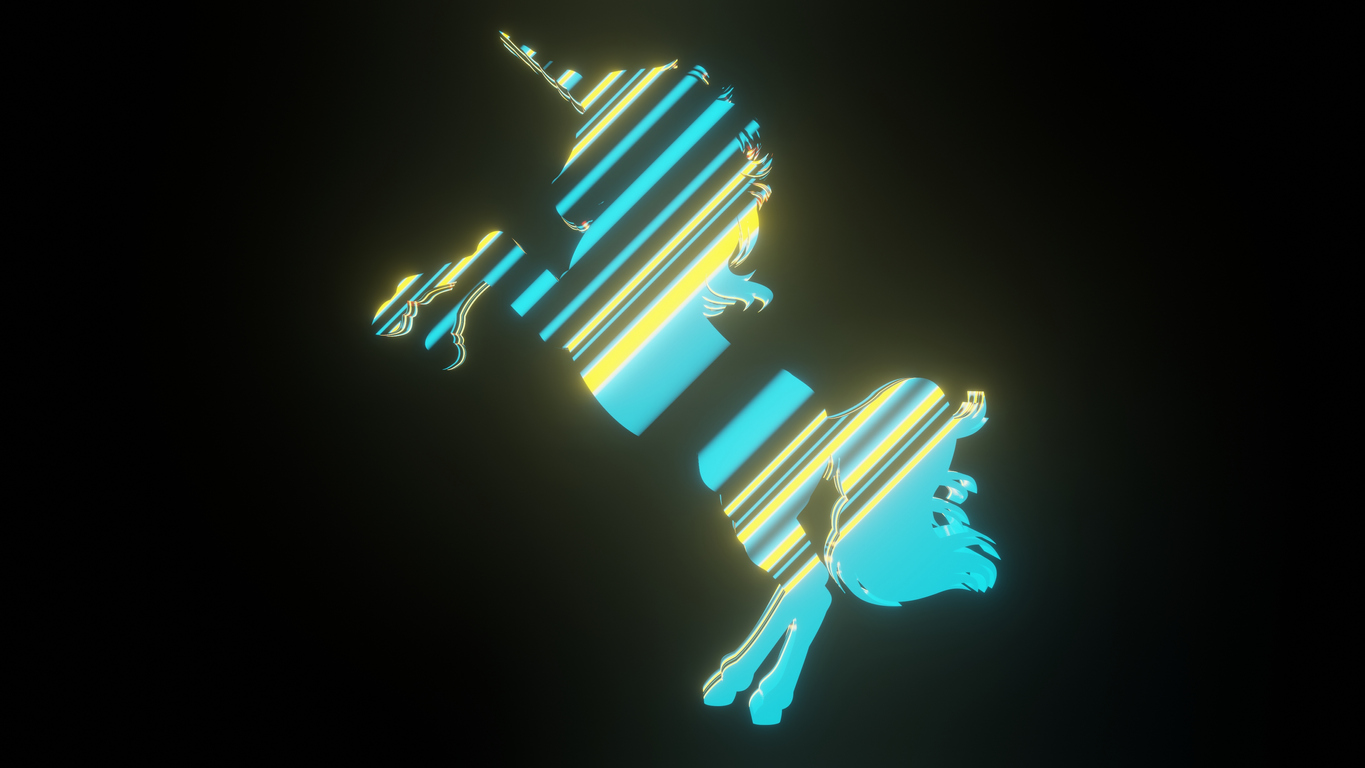- Monday, April 28, 2025

By: Shubham Ghosh
The emergence of unicorns has slowed down across the world as well as in India in the outgoing year compared to 2021.
According to one report, the numbers have gone down by almost 50 per cent amid speculation over recession.
In 2022, 244 unicorns were created globally against 542 companies that raised their valuation to more than $1 billion in 2021, according to Tracxn Technologies.
The figure has been dismal one in India, hailed as one of the fastest growing economies, where only 21 unicorns were born till September, as against 44 in 2021.
The start of 2022 was good for start-ups in India as the country saw one company becoming a unicorn nearly every week or the rise of more than 10 unicorns in the first four months.
But the growth received a blow in the 2022-23 fiscal, Moneycontrol reported.
India now has more than 107 unicorns with a total evaluation of more than $340.79 billion.
Among the unicorns that emerged in 2022 were two edtech firms while three were fintech firms. These two sectors witnessed a remarkable growth last year as several unicorns took birth.
The year 2022 saw six new SaaS (software-as-a-service) Indian start-ups growing into unicorns as it was the hottest sector this year, the Moneycontrol report said, adding that inly four and one unicorn were born in 2021 and 2020, respectively. .
2022 saw six new SaaS (software-as-a-service) Indian startups growing into unicorns, whereas only four and one unicorns were born in 2021 and 2020, respectively.
While three new logistic startups — Elastic Run, ShipRocket, and XpressBees — made it to the unicorn club in 2022, no unicorn has yet come up in the agritech sector yet in India.
India registered its 100th unicorn on May 2 this year.
The Moneycontrol report said that the so-called unicorns vanished in 2022 amid a cold investment wave in the world’s financial markets, brought on by continuously high inflation, which compelled central banks across the world to hike interest rates. It added that the cold wave has lasted for more than a period of nine months and is expected to worsen in the new year, suggesting that there will be even fewer unicorns emerging in 2023.